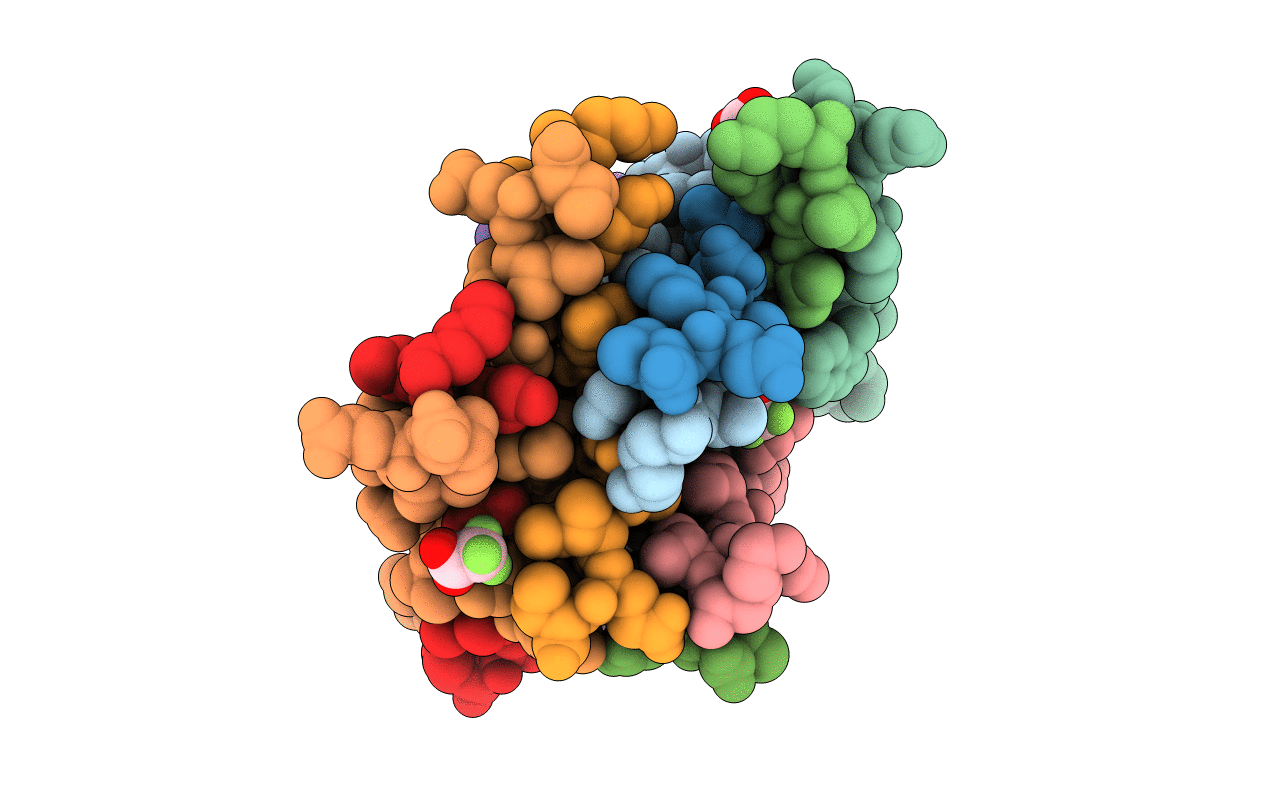
Deposition Date
2021-07-30
Release Date
2022-01-12
Last Version Date
2023-10-18
Entry Detail
PDB ID:
7ROJ
Keywords:
Title:
Amyloid-related segment of alphaB-crystallin residues 90-100 with G95W mutation
Biological Source:
Source Organism:
Homo sapiens (Taxon ID: 9606)
Method Details:
Experimental Method:
Resolution:
1.60 Å
R-Value Free:
0.27
R-Value Work:
0.23
R-Value Observed:
0.24
Space Group:
P 1 21 1


